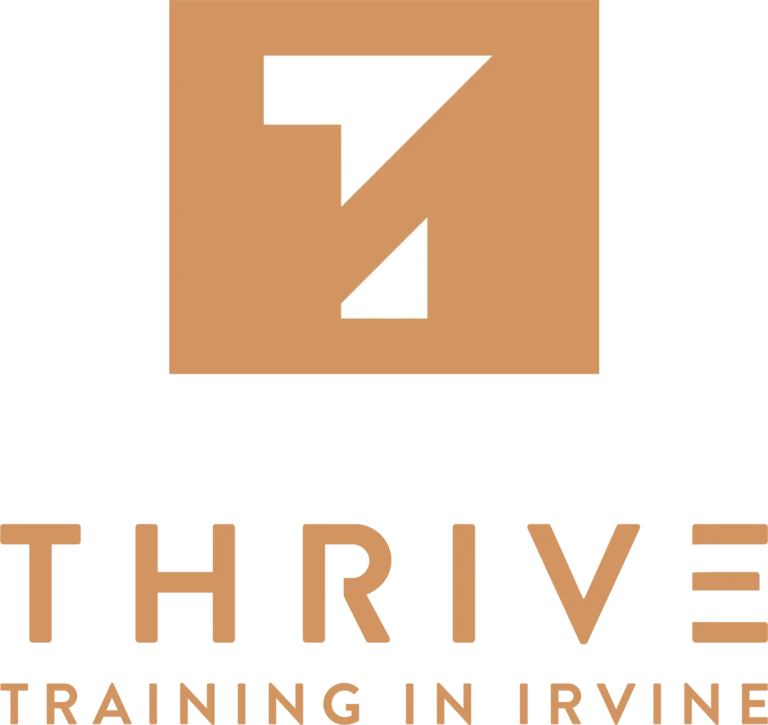Now that you’ve made the decision to take your fitness seriously, it’s time to get into shape. But this stage can come with its own set of challenges…especially when it comes to working out on your own. Whether you’re using online workouts, relying on big box gyms, or trying to figure out the best routine for your body, this stage is about getting the ball rolling and maintaining the momentum you’ve already built.
Problems You’ll Face in Stage 2:
- Working Out By Yourself
Starting a fitness journey solo can be daunting. You may feel isolated or unsure of what exercises to do, and the lack of external accountability can sometimes lead to a loss of motivation. Working out by yourself might be convenient, but it also means you have to rely entirely on your own willpower. Without someone to push you or guide you, staying consistent can be a struggle.
- Online Workouts and Big Box Gyms
With the rise of online fitness programs and big box gyms, there’s a temptation to get stuck in the cycle of trying different routines, often jumping from one program to another without seeing real progress. Online workouts can be convenient, but without personalized feedback, it’s easy to become frustrated when you don’t feel like you’re getting the results you expect. Big box gyms can also feel overwhelming, with too many options and distractions, leading to a lack of focus and commitment.
- Getting Annoyed and Giving Up
The frustration of not seeing immediate results or struggling to stay consistent can make it easy to give up. Whether it’s feeling sore, not hitting the targets you’ve set, or simply losing patience, it’s common to get annoyed with your progress and want to quit. But quitting is the biggest setback in any fitness journey. It’s important to push through these feelings, stay committed, and trust the process.
What You Need to Do
- Continue Proper Eating and Hydration
To build a strong foundation in your fitness journey, it’s essential to keep fueling your body with proper nutrition and hydration. The progress you’re striving for won’t happen without supporting your body from the inside out. Make sure to stay hydrated throughout the day, prioritize whole foods, and focus on balanced meals that support both your workouts and recovery. - Listen to Your Body
Your body will communicate with you in various ways during this stage, whether it’s through fatigue, soreness, pain, or cognitive focus. Listening to these signals is crucial for avoiding injury and burnout. If you’re feeling extremely fatigued, consider adjusting your workout intensity or taking a rest day. On the other hand, if your body feels strong, keep pushing yourself, but always be mindful of pain or discomfort. - Surround Yourself with Like-Minded People
Fitness is not only about physical strength but also mental resilience. Surrounding yourself with people who share the same core values can significantly impact your success. Find a community—whether it’s a workout group, fitness class, or online support group—that encourages accountability and shares the same goals. These connections will help you stay motivated and push through tough times. - Get Control of Your Weekly Schedule
One of the best ways to ensure consistency is by taking control of your time. Plan out your workouts just like you would a meeting or any other important commitment. Look at your week and identify times when you can work out without distractions. Even if it’s just 30 minutes, putting exercise into your schedule will help you stay disciplined and make fitness a non-negotiable part of your routine.
In Stage 2, the key is to stay consistent and focused. Fitness is a long-term commitment, and you can absolutely make progress by working out on your own. Keep pushing forward and trust that the hard work will pay off.
If you need help, my team and I are always here.
Shoot a text “BLOG” to 949-696-5615 and we’ll reach out.
We’ll get a solid health roadmap for you.
-Oliver Nam



